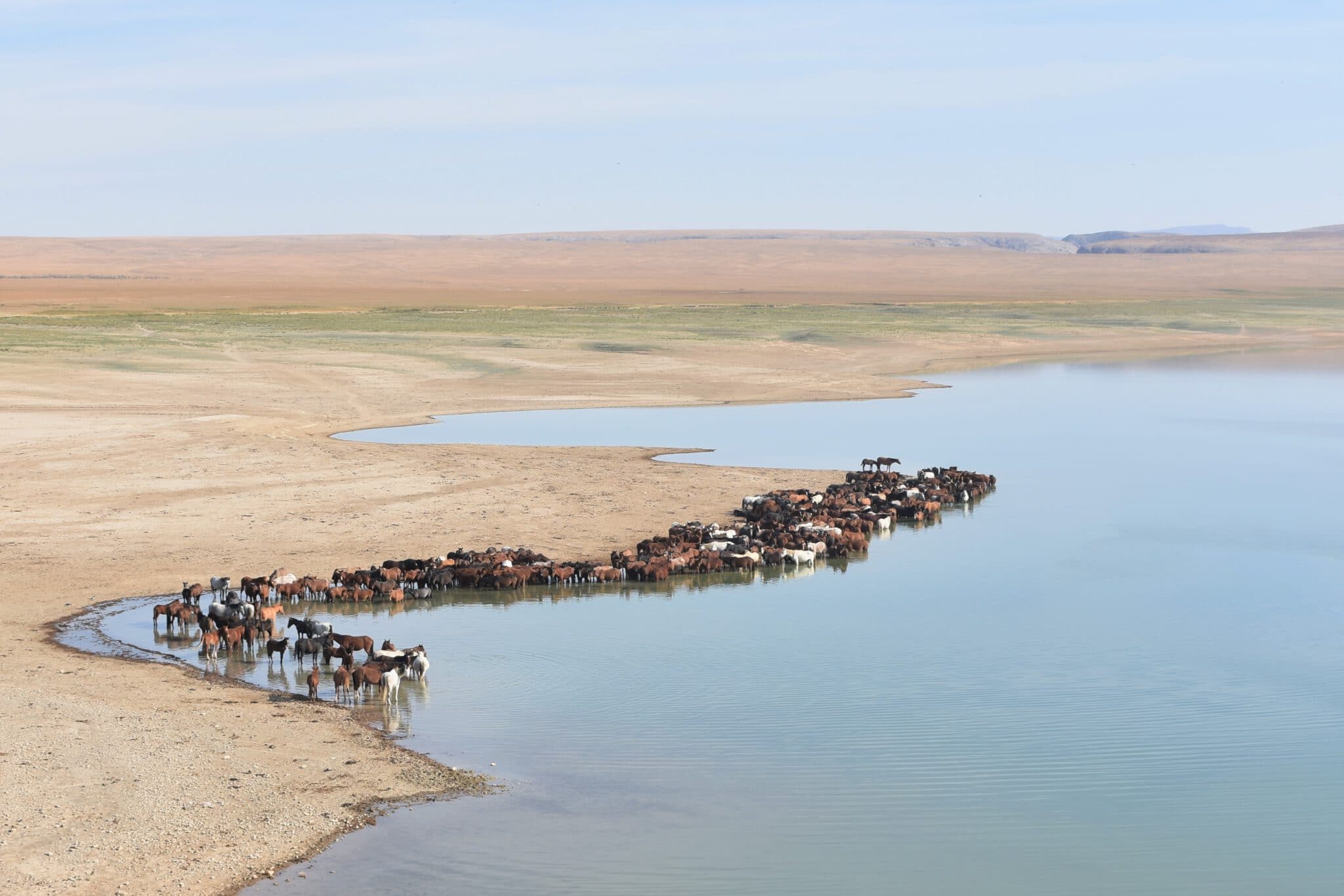An eye on the nature – Wildlife photographer Qudaibergen Amirkulov
The amateur photographer Qudaibergen Amirkulov from Shymkent has a good eye for the wild nature of southern Kazakhstan.
Info Shymkent: Hello, Qudaibergen. How are you? Where are you now?
Qudaibergen: Hello there! I’m fine, thank you. I’m in Shymkent now.
Info Shymkent: Qudaibergen, tell our readers a little bit about yourself, please. Where are you from? And what do you do?
Qudaibergen: I was born and raised in Shymkent. I graduated from the university in this city and at the moment I am working in the field of water management.
Info Shymkent: Your Instagram page is dedicated to the nature of Kazakhstan. When did you start photographing wildlife? How many years have you been doing this hobby?
Qudaibergen: I have been fascinated by wildlife since childhood. At first, I just watched these beautiful animals. Later, in 2019, I bought an amateur camera and went out into nature to take pictures. Thanks to that, I discovered something new for myself.
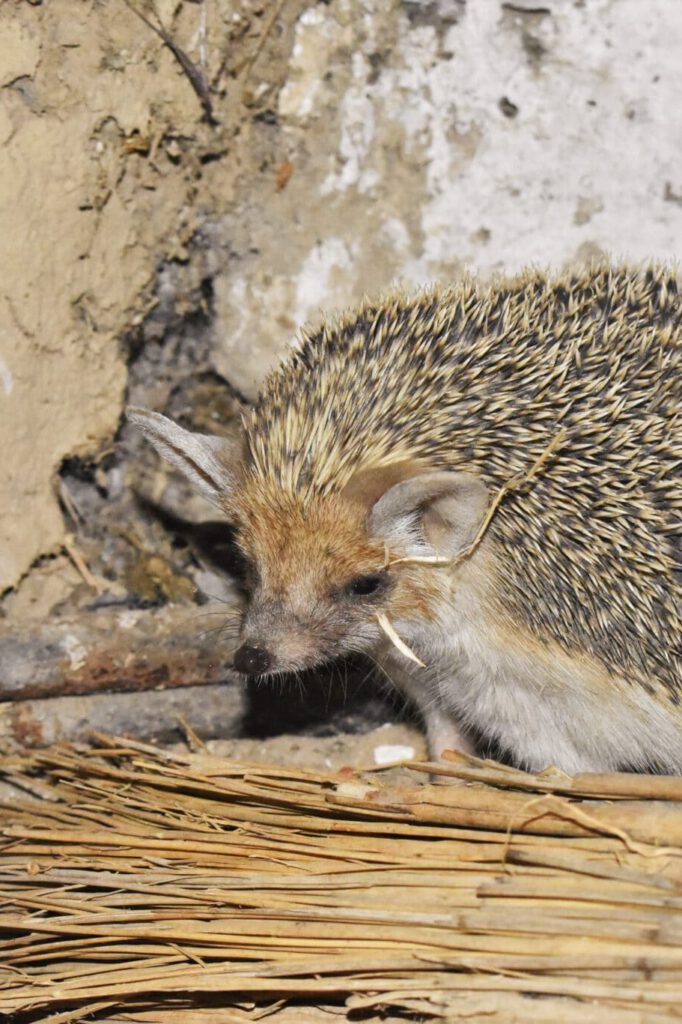
Long eared hedgehog 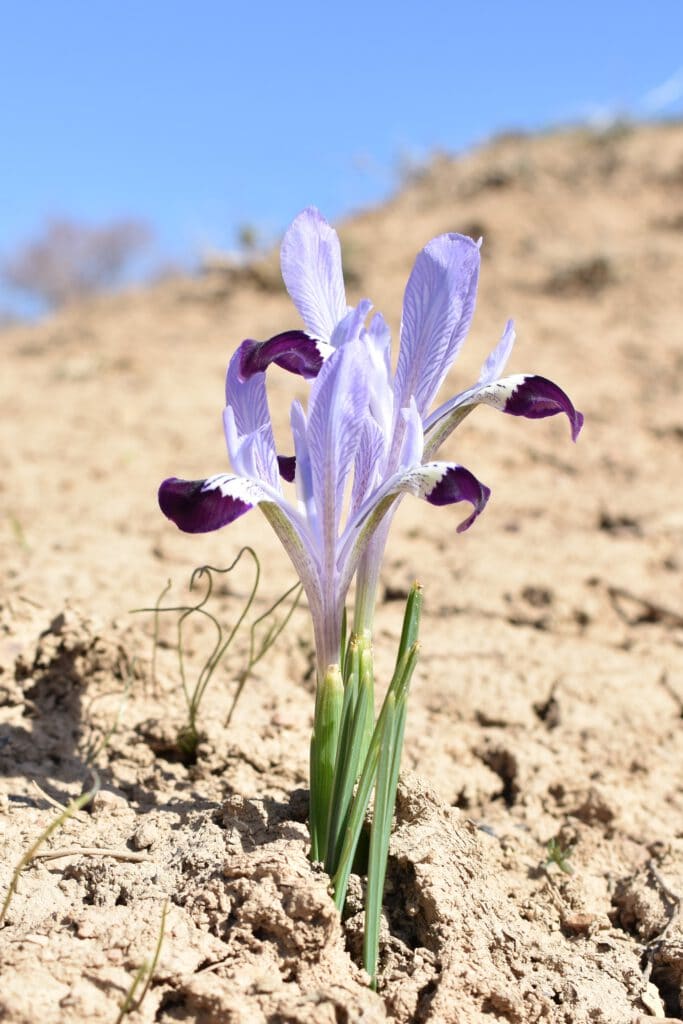
Iris kolpakowskiana 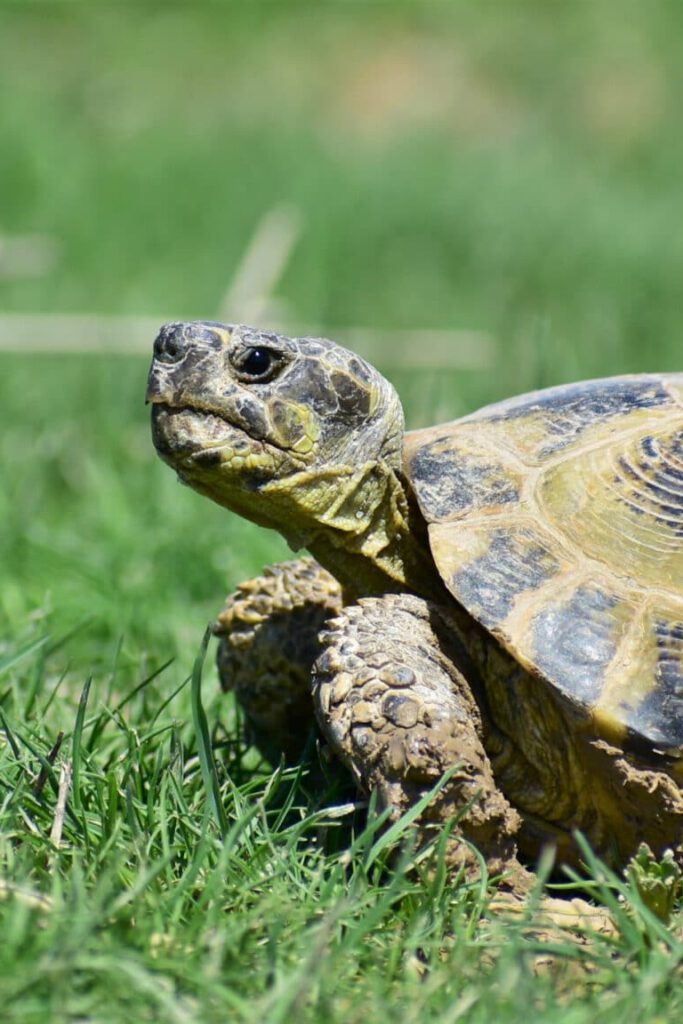
Central Asian tortoise
Info Shymkent: Which regions of Kazakhstan do you like to photograph the most? And why?
Qudaibergen: I don’t have the opportunity to visit other regions in Kazakhstan because I only have time for photography on the weekends.
However, South Kazakhstan has an unique nature. Here you can find high mountains and sand dunes, thick forests and large rivers. Therefore, it is possible to see several natural landscapes in the region. In addition, there is a main flight path for birds between the Karatau Ridge and the Western Tien Shan Mountains. This allows birdwatchers like me to see different birds in the fall and spring. Due to this feature, South Kazakhstan is a very big present for me and has a big personal value.
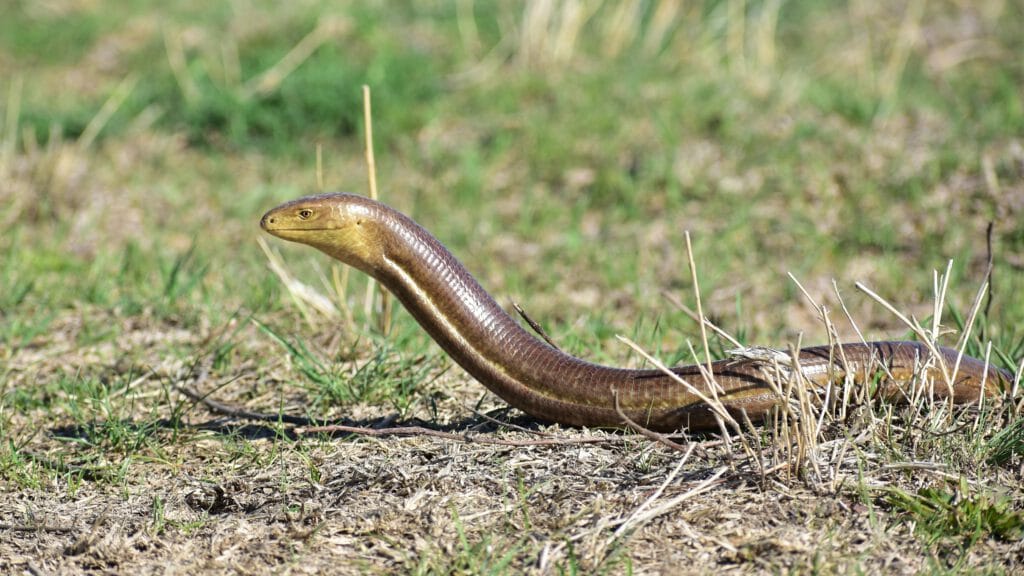
Sheltopusik 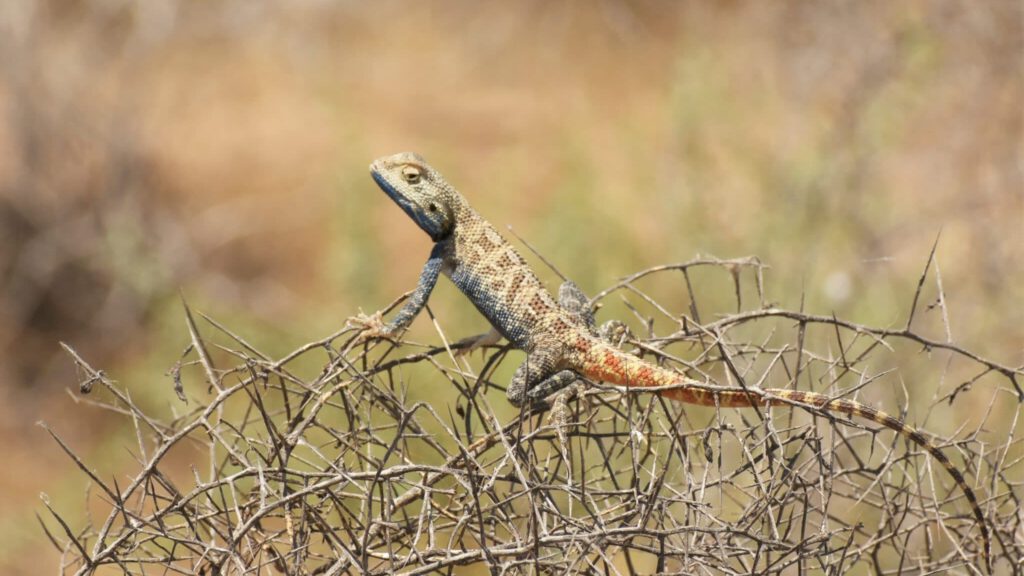
Trapelus sanguinolentus 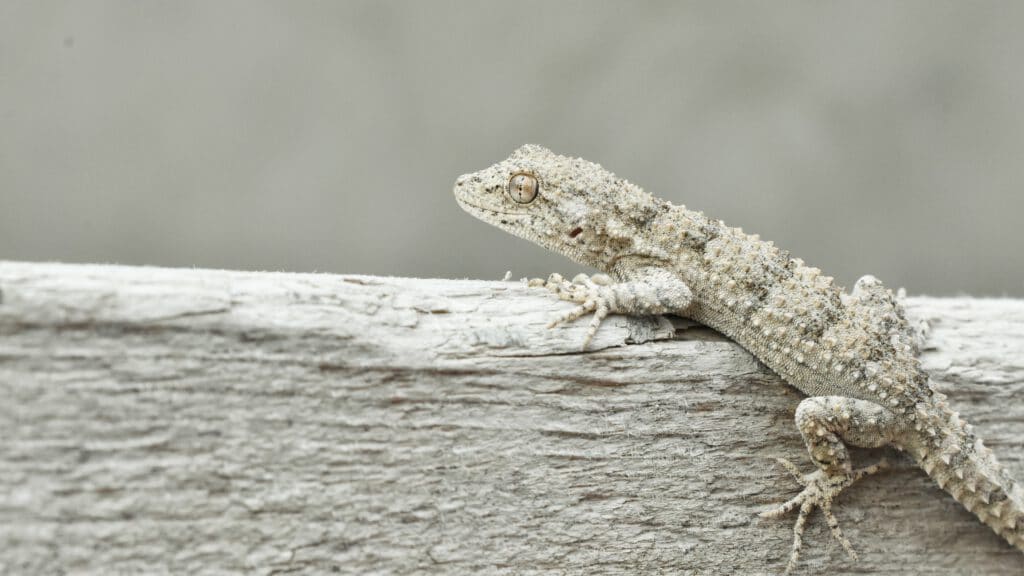
Mediodactylus
Info Shymkent: Do you like travelling? Where have you been in Kazakhstan? What was your impression?
Qudaibergen: I consider it is the duty of everyone to travel, to see other places, to get familiar with their culture and history. But, unfortunately, I didn’t go to other regions of Kazakhstan for vacation. And I can’t tell I’m acquainted with those regions just because I went there on a business trip.
Info Shymkent: Let’s talk about the Turkestan region. What is your opinion about Shymkent and Turkestan? Are you satisfied with the fast changes and developments in this cities?
Qudaibergen: The city of Shymkent and the Turkestan region in general are rich not only in nature, but also in culture and history. Currently, a number of tourist facilities are being implemented in Shymkent and Turkestan. I hope that it, in turn, will give a positive impetus to the development of our tourism. I believe the potential of the region is very high, and I hope that in the future more attention will be paid to the development of ecotourism and other initiatives.
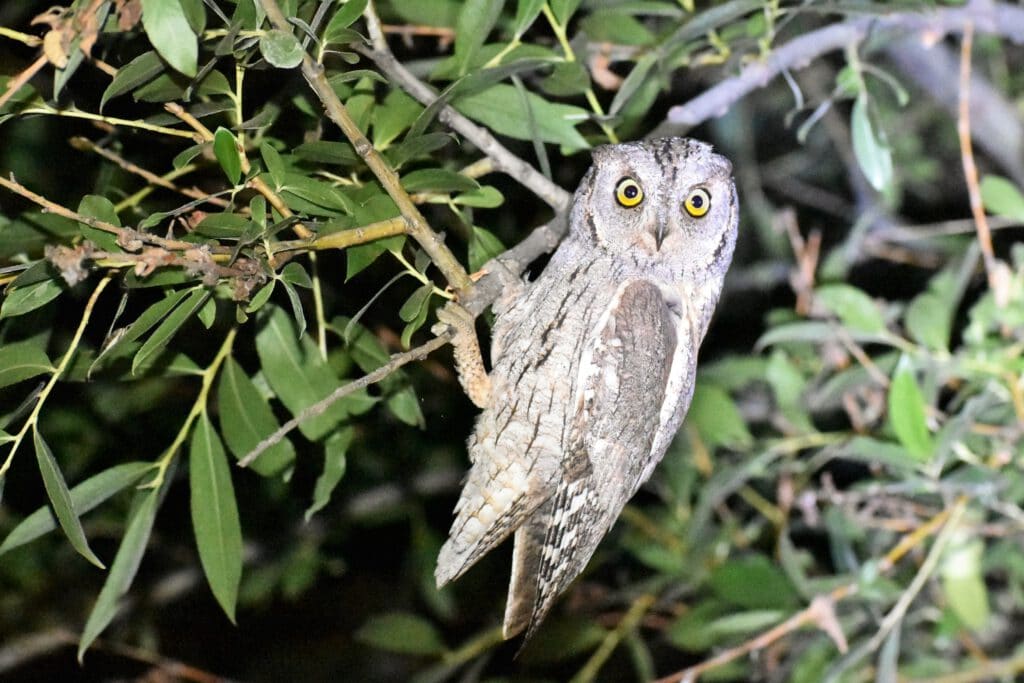
Cops owl 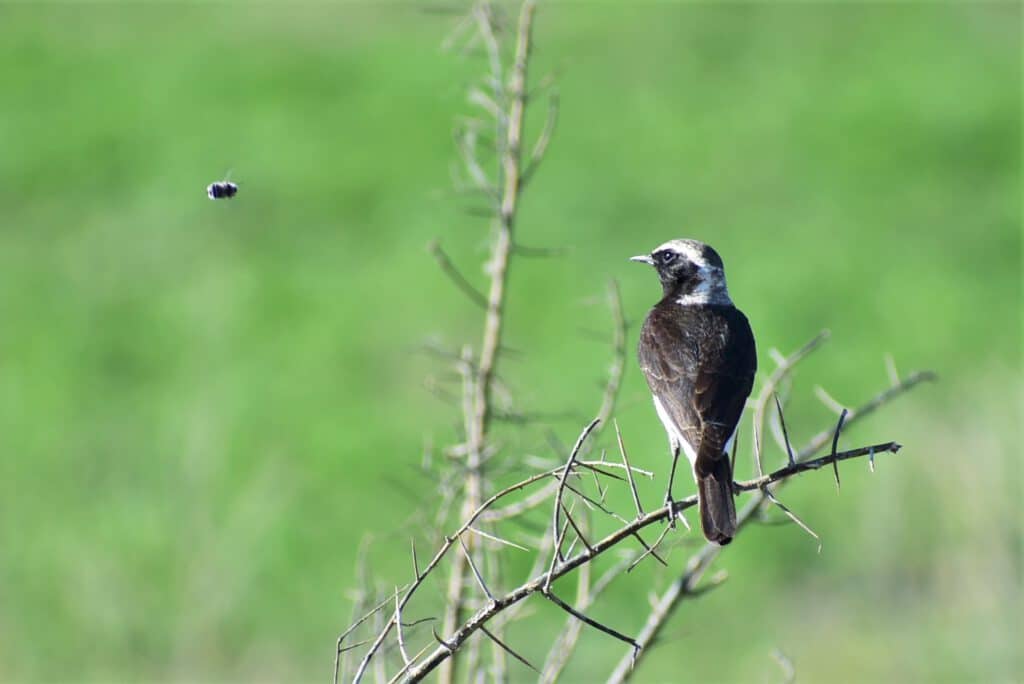
Pied wheatear 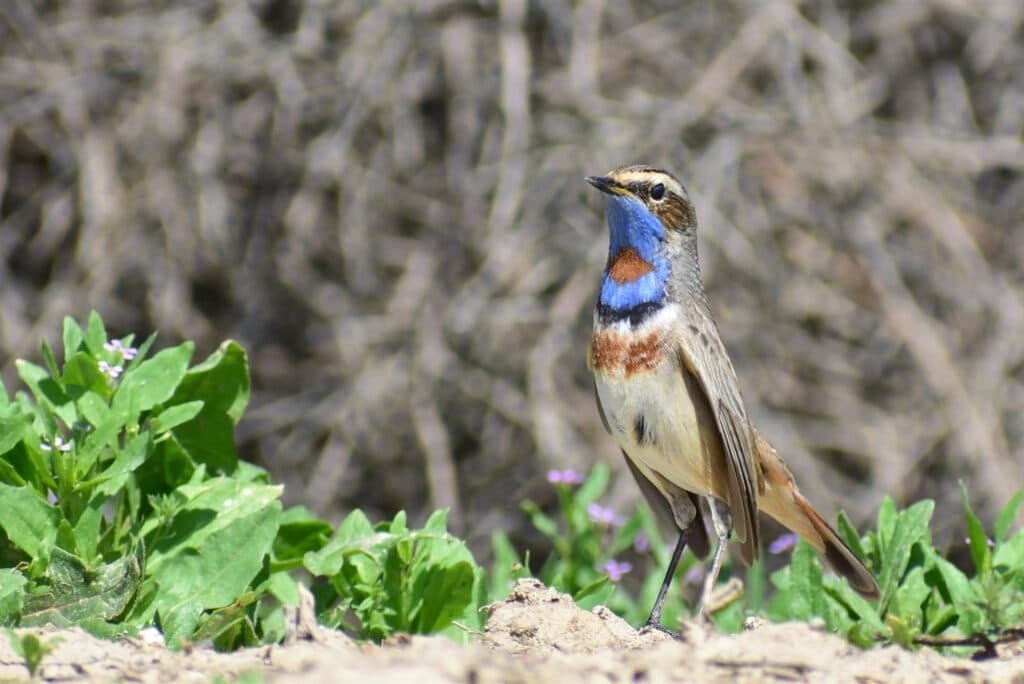
Bluethroat
Info Shymkent: Apart from photography, what are you doing in your free time?
Qudaibergen: Photography is my main hobby and takes up most of my free time, as well as birdwatching.
Info Shymkent: Can you share our readers an interesting or memorable experience during photographing these wild animals?
Qudaibergen: I was walking through the gorge of the Badam River in my village in the summer of 2019. As, I noticed a group of birds among the trees. They are flying from one tree to another. One of the bird landed on a tree on the river bank where I was sitting. This was my first acquaintance with the Indian paradise flycatcher (Terpsiphone paradisi).
Males of these birds are distinguished by long tail feathers and contrasting color. Paradise flycatcher have a special place in the fauna of Kazakhstan for me and it is a joy to watch them.
Info Shymkent: What do you think about the attitude of Kazakh youth to nature? For example, in terms of ecology / animal protection.
Qudaibergen: Today, the attitude of Kazakh youth to nature is improving. It is difficult to find many animals that lived in the Kazakh steppes a century ago. Young people understand that if they do not take bold initiatives, they run the risk of losing them. I think that the state and many environmental organizations have their share in this.
However, I think it is necessary to take some more measures in this area. This is because some people do not know enough about the specific species of animals, their benefits and harms, which leads them to act ruthless.
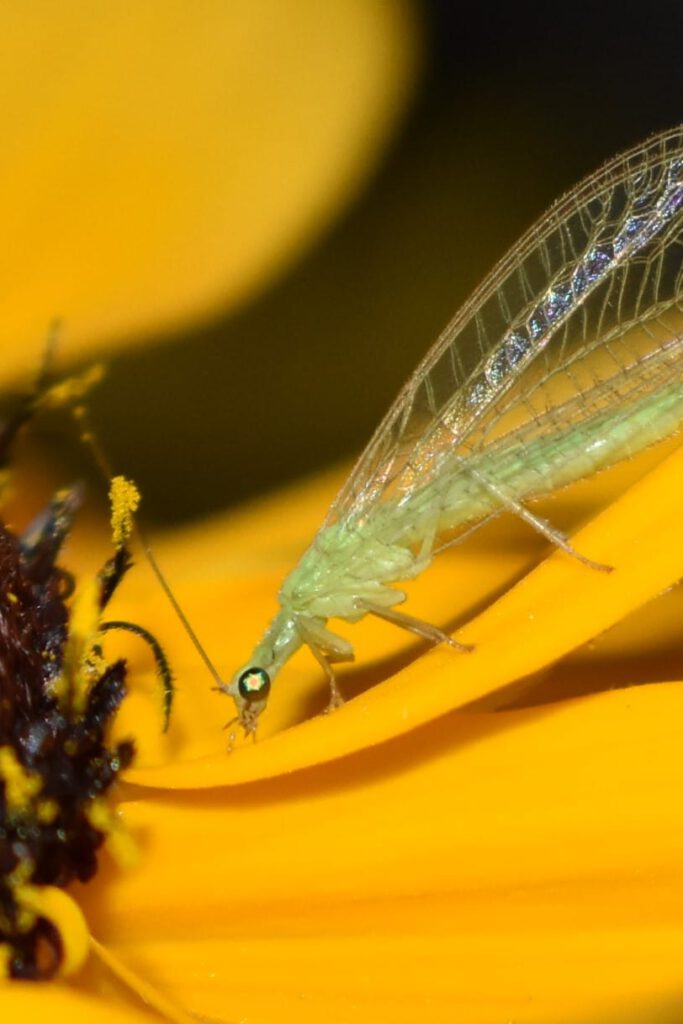
Green lacewing 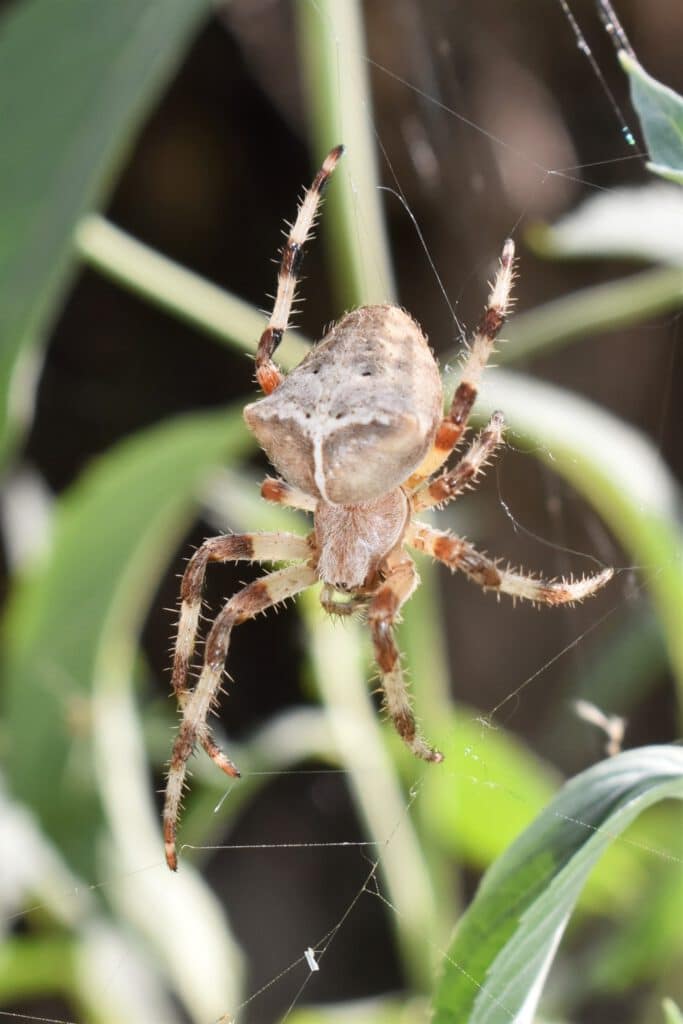
Araneus tartaricus 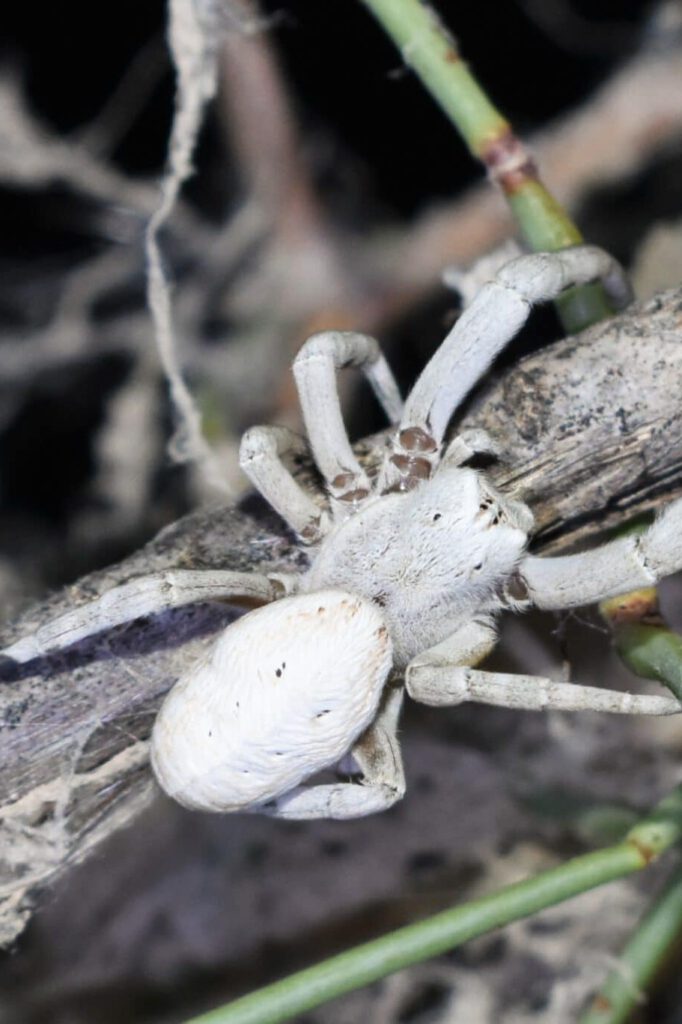
Spider Stegodyphus lineatus
Info Shymkent: How long do you wait for the animals or insects to get a picture of them and do you go at a special time to the nature to take pictures of animals? Is it difficult to take pictures of them?
Qudaibergen: When I meet animals, the first thing for me is to observe them, and then take a picture of the composition. That’s why I usually take only one or two photos, which results in less good shots.
Creating a good shot requires certain skills and time, in addition to professional techniques, and in some cases you have to try to “letting” the animal to go out from their hiding place – to make picture of them.
And in my opinion, it is important to observe and remember the living place of the animals, so it is not difficult to take pictures and you don’t spent a very long time for waiting for them.
Info Shymkent: What are your plans for the future?
Qudaibergen: In the future, I will continue to explore the interesting corners of South Kazakhstan.
In addition, I would like to try my luck at searching for the Desert dormouse (Selevinia betpakdalaensis), an endemic species in Kazakhstan, inhabiting the Betpak-Dala Desert. Currently, only 50-60 observations of this amazing rodent have been recorded in science, and there are still no colorful photos of this animal at all.
Info Shymkent: Thank you, so much for this long and detailed interview with you and your insights into your hobby. We wish you good luck and enough free-time to find the Desert dormouse and reveal some secrets of this cute endemic rodent. We can’t wait to see more wonderful pictures of the wildlife of Kazakhstan.
You can follow Qudaibergen Amirkulov and watch more wildlife photos of him here:



